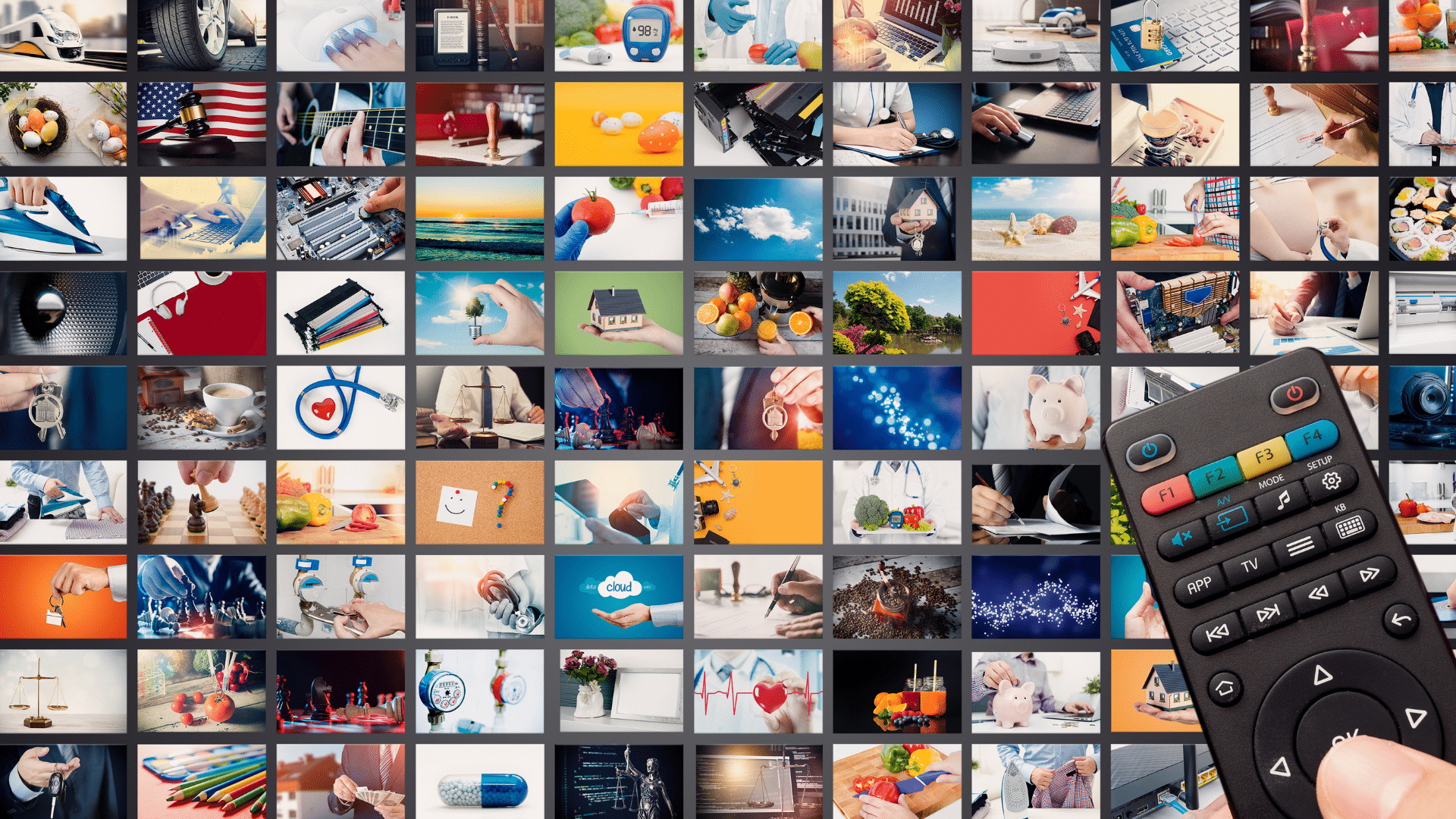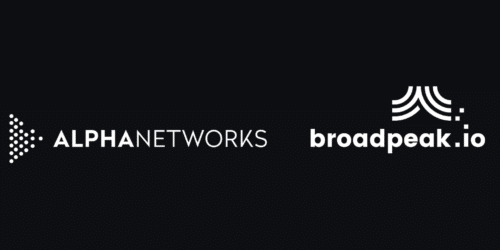Blog Series: Targeted TV Advertising
This Series of blog posts will provide a closer look at the advertising business and identify how TV service providers can become essential players in the TV advertisement ecosystem.
- In the first blog we discuss the reason web and mobile advertising (i.e., digital advertising) is so attractive to advertisers.
- In the second blog we analyze the value proposition and options for TV advertisements.
- The third blog is about the fundamental issues related to privacy and the impact on digital advertising and the, which make it less attractive.
- Connected TV (CTV) advertising, which has seen increased interest from advertisers is being discussed in the fourth blog.
- We wrap-up the series with an analysis of how ad partnerships are essential for TV service providers to implement a profitable advertising business.
Digital Advertisement
Introduction
Advertising is big business. Globally, about half of a trillion dollars is spent on different forms of advertising annually.
There are five big categories of advertising:
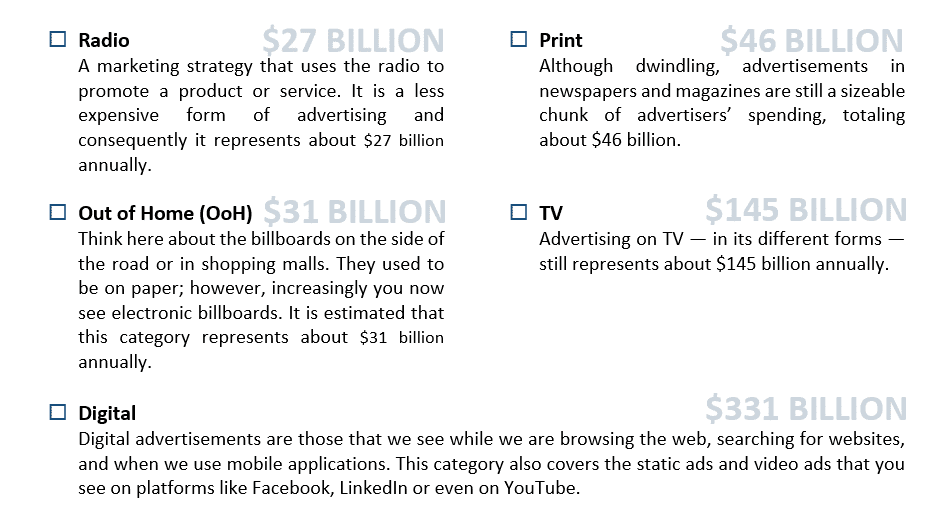
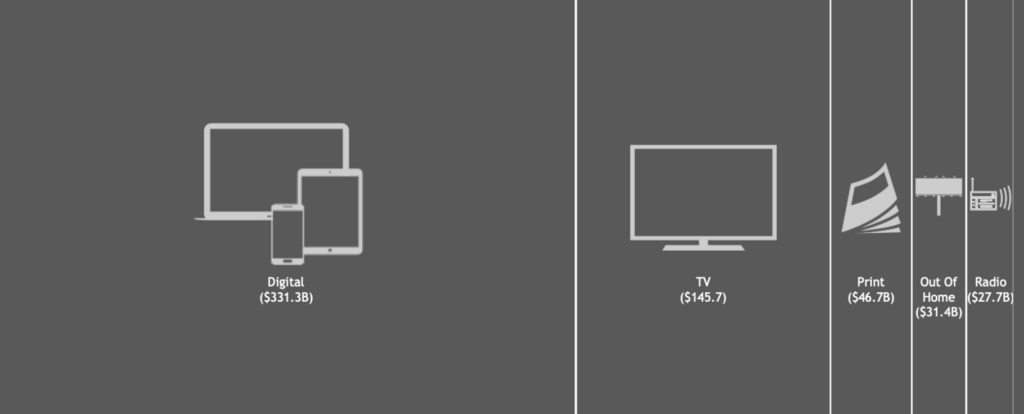
Source: Jounce estimates based on data from eMarketer, GroupM, Zenith, Magna Global, and public company earnings reports.

However, if you look at historical ad spend data, you’ll notice that TV advertisements used to represent the largest chunk until about 2016. Then digital advertisements began to catch up to TV advertising.
This trend is primarily being driven by the advantages that digital advertisements offer advertisers.
This blog will look closer at digital advertisements to better understand why they overtook TV advertisements, followed by an examination of how these advantages can be leveraged by TV advertising.
Programmatic Selling & Buying
Programmatic handling has been essential to the success of digital advertising. If you look at the advertisements that are presented on websites, most ads have been selected by an algorithm.
These websites leverage quite a complex setup, as depicted below. When a webpage loads there is a sequence of steps that happens to obtain the appropriate ad.
- From the moment the browser loads the webpage there is an interaction with what is called a supply-side platform (SSP), which announces the opportunity to advertise.
- Some context is exchanged explicitly or implicitly (e.g., information about the sneakers you looked at multiple times). The SSP interacts with a broker, the so-called ad exchange, which presents the advertisement opportunity to several bidders. Those bidders are represented electronically on a what is called the demand-side platform (DSP).

The DSP has been “primed” with several rules that define when and how the advertiser wants the ad to be presented. Let’s say maybe an advertiser is promoting sneakers and is targeting a specific age category, for example 18- to 25-year-olds.
- In general, there are multiple advertisers targeting the same demographic. Consequently, each advertiser has pre-determined the maximum price (generally expressed as cost per mille) they are prepared to pay.
- Then there is a real-time bidding mechanism where within a few hundred of milliseconds the different advertiser DSPs bid against each other for a specific ad slot. The highest bid is generally awarded the opportunity unless a certain floor was not reached. In that case, it’s possible a default or pre-agreed ad creative will be used.
- The selected ad is then pulled from the advertiser’s ad server and stored on the publisher’s ad server to ensure that for subsequent opportunities where the same advertiser and ad creative are retained the locally stored advertisement can be used.
- Once the ad is confirmed as available on the publisher’s ad server it is seamlessly loaded onto the webpage. In most cases, the whole programmatic bidding and delivery process happens before the webpage is loaded. Hence, the user experience is seamless.
In summary, the transaction between the advertisers and the seller of an ad space is completely automated. That is why we commonly refer to digital advertising as “programmatic advertising” — there is no human involved!
Targeting
Besides the fact that it is automated, another factor that has contributed to the rapid rise of digital advertising is that it enables more accurate targeting.
There are, in fact, two levels of targeting. In digital advertising targeting leverages browser cookies. Cookies are very small key-value pairs that are retained by the browser either during the session itself or across sessions and even across different websites.
Web cookies: different flavors
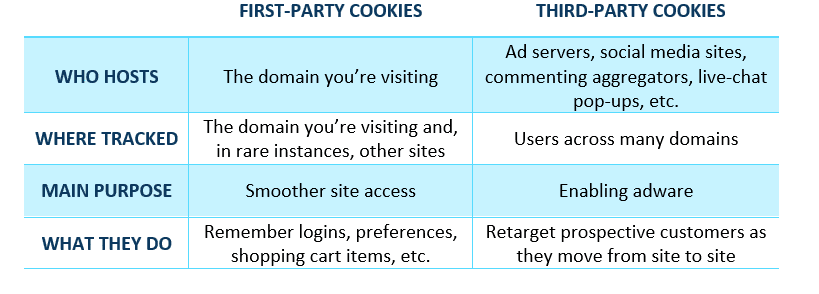
If the cookie is retained within the same session or for the same website, we are talking about first-party cookies. Those cookies are used to retain session and context information across different webpages on that website that you are visiting. They also help to identify you along these surf sessions, collect information about your interests and consequently provide you with targeted advertisements.
There are also cookies that are inserted and retained across multiple websites on behalf of other companies, commonly referred to as third-party cookies. Those third-party cookies are used for what is called “retargeting.”

Third-party cookies enable a very powerful advertisement mechanism, which explains the increased popularity of digital advertising.
Categories
Digital advertising represented a $332 billion USD market in 2020.
However, only $52.7 billion was traded via true open programmatic platforms. About $4 billion (reservations) was sold upfront (not traded automatically or programmatically) but only delivered programmatically.
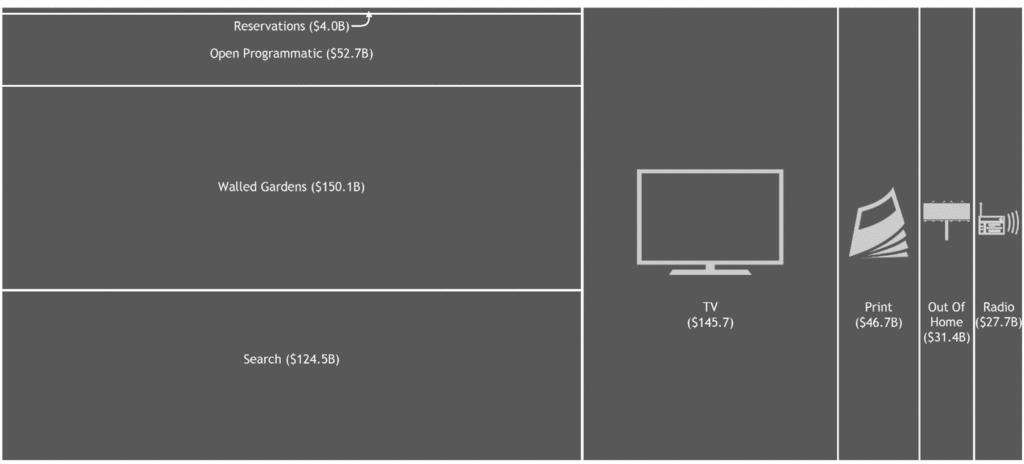
Source: Jounce estimates based on data from eMarketer, GroupM, Zenith, Magna Global, and public company earnings reports.
The biggest chunk of the digital ad spend is on so-called walled gardens like Facebook, YouTube, and Amazon, and represents $150 billion annually. They are offering a closed advertisement system, as they do not participate in open auctions. That said, these platforms often have internal auction capabilities. Finally, advertisements on search engine platforms like Google Search and Microsoft Bing are a quite powerful way of creating visibility for products and services, and they consequently represent $124.5 billion of the annual ad spend.
Conclusion
Digital advertisements have gained popularity thanks to a combination of ease and cost-effectiveness. Indeed, by enabling programmatic selling and buying of ad inventory it becomes quite simple for publishers to offer their ad real estate to advertisers. Conversely, by leveraging the advanced targeting and retargeting capabilities enabled by web browser cookies advertisers can buy ad slots based on the profile of the person consulting the website, further increasing the effectiveness of the campaigns. The next blog in the Target TV Advertising series, will take a closer look at the TV advertisement and how it can increasingly leverage digital advertisement technology to become equally easy and effective.
The Target TV Advertising Blog Post Series:
The Crumbling Cookies – Part 3/5
Connected TV Advertising – Part 4/5
